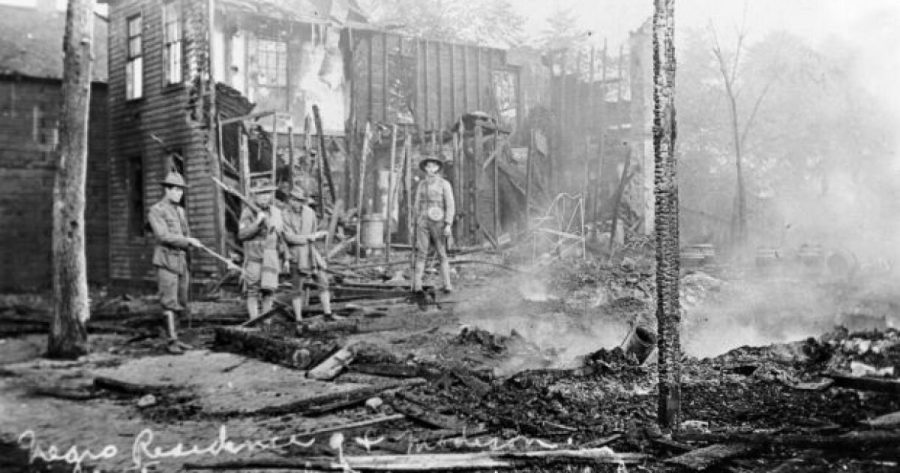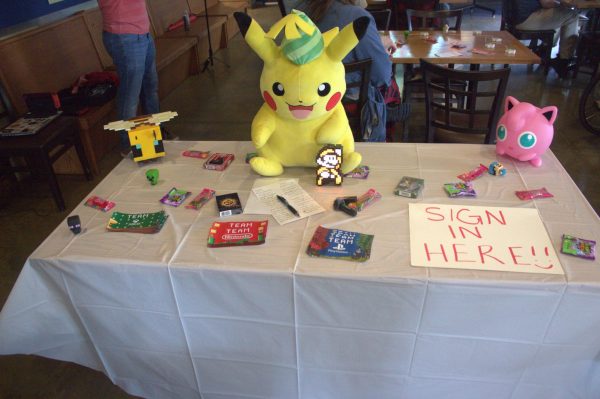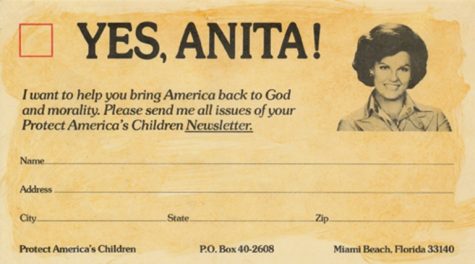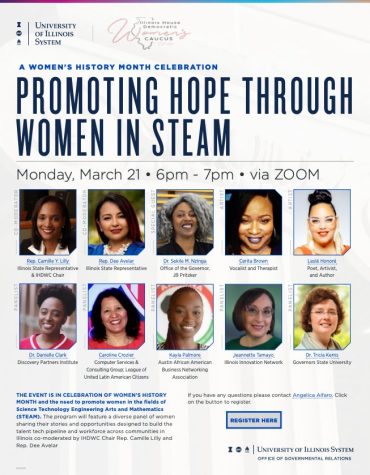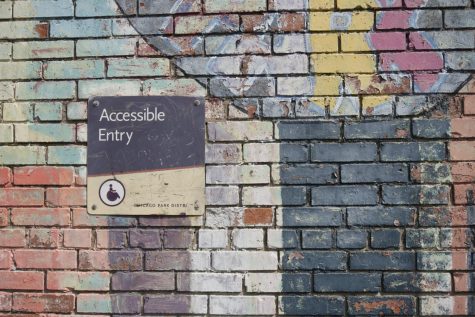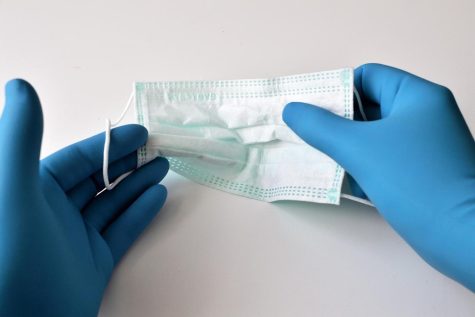Black History Month: The 1908 Springfield Race Riot
An image of the aftermath of the 1908 Springfield riot | Photo Credit: Abraham Lincoln Presidential Library and Museum
More often than not, history is dark and painful. The city of Springfield is no exception. While the city prides itself as the capital of the sixth largest state in the country and as the hometown of Abraham Lincoln, terrible events have happened as well. In 1908, Springfield was the site of one of the most shocking Race Riots in American history.
Undercurrents of racism that sometimes reached individual instances of violence had been brewing for decades, creating a powder keg of tension in the city that only needed a flashpoint to set off large-scale violence. This would happen due to two separate events during the Summer of 1908.
The first of these occurred in the very early hours of July 5, when a 16-year-old white girl allegedly woke up in the middle of the night and found a stranger in her bed. When she screamed, the stranger ran outside the house. The girl’s father followed, and a fight broke out between her father and the unknown man. The father was killed, and the alleged assailant fled the scene, going North. Another stabbing occurred about 20 minutes later, but to the South. The police stated there was no connection between the two stabbings, but a Black man named Joe James was found asleep outside that morning and was beaten and arrested for murder without evidence and despite not matching the stated appearance of the murderer.
The second event occurred a few weeks later, on August 12. A white woman reported a rape by a Black man. Police suspected the assailant to be one of the Black construction workers on a nearby house and took all of them to the accuser’s house, where she identified George Richardson as the perpetrator, despite multiple eyewitnesses stating he was on his porch when the rape occurred. He was locked in the same cell as Joe James, who had been sentenced to death by hanging by this point.
On July 14, a mob of white men gathered outside the Sangamon County jail with the intention of lynching Richardson and James. The men were sneaked into Bloomington for their safety, and when the crowd found out, they tore apart nearby businesses. They then swept through the Black neighborhoods of Springfield, destroying dozens of homes and businesses, committing countless acts of violence, and lynching at least two Black men. One of these men, William Donnegan, had been a friend of Abraham Lincoln’s before the president left the city 47 years earlier. The other, Scott Burton, was an elderly barber who was killed after the mob rushed his home.
After the Illinois militia arrived in the thousands, the violence finally died down. At least eight Black people were killed as well as five white people. All five white deaths occurred from other white rioters or were killed when the militia put down the riot. About 2,000 Black Springfield citizens fled, some of whom died while refugees. Many came back, and the city’s Black population increased in the next census, taken two years later.
The NAACP was formed as a direct result of the Springfield Race Riot. Both Black and white citizens were so horrified that racially motivated violence on such a scale could break out in the city of Abraham Lincoln, and even kill one of his known friends, that they gathered in New York City early the following year to create what became the NAACP.
George Richardson, the accused rapist, was found by doctors to have no connection to the victim and was released. Mabel Hallam, his accuser, later admitted she lied about the rape to defend her husband, who assaulted her after finding out about an affair she was having. She was never charged with perjury. Joe James, the alleged killer of July 5, was found guilty and hanged on October 23, 1908.
For decades, Springfield has done little to commemorate these horrific events. St. John’s Hospital treated people who were injured in the riots, white and Black, side by side. This is depicted in a mural on one of the walls in the modern hospital. Interest has been renewed in the events of 1908, partially due to a rail project leading to the discovery of several house foundations that were destroyed in the riots and partially due to the recent push for racial equity. In recent years a few statues and posts marking events of the riots have been erected, and plans are underway to create a commemorative site near the discovered foundations between St. John’s hospital and the 10th Street railroad tracks.



